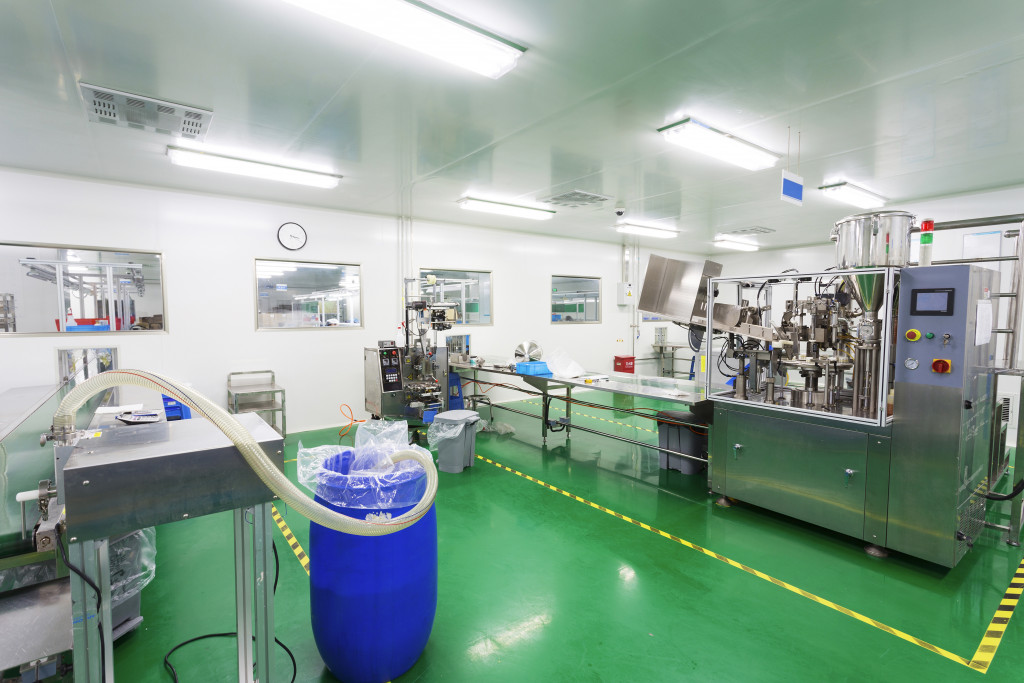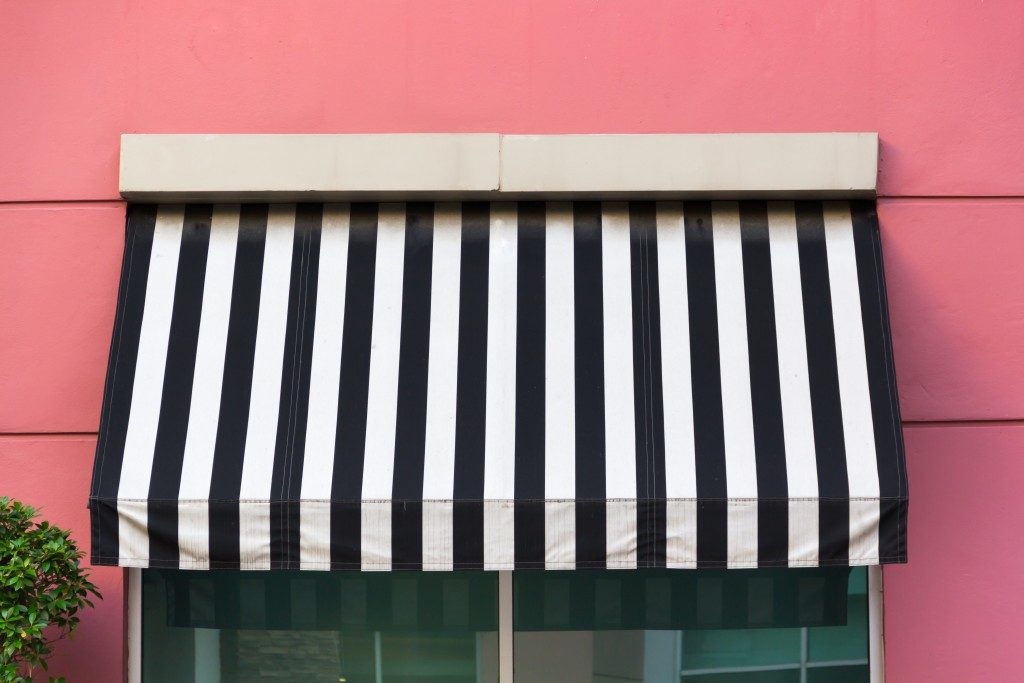It’s no secret that biotech companies require clean and sterile environments to function correctly. But what are the specific requirements for the surfaces in these facilities? Keep reading to find out.
What are Biotech Companies?
Biotech companies use living organisms or biomolecules to create products or services. This can range from developing new pharmaceutical drugs to creating environmentally-friendly fuels and food products. Because of the nature of their work, these businesses must maintain sterile conditions inside and outside their buildings.
One of the most important ways to achieve this is by ensuring that all surfaces are clean and free of contaminants. This includes all building material surfaces that come into contact with employees or products.
What Are the Requirements for Building Surfaces in Biotech Facilities?
The requirements for building surfaces in biotech facilities vary depending on the type of facility and the level of cleanliness required. However, there are some general guidelines that all facilities must follow.
Air filtration is an essential aspect of surface system requirements in biotech facilities. The air inside these facilities must be filtered to remove dust, dirt, and other contaminants. This helps ensure that the surfaces remain clean and sterile.
All surfaces in a biotech facility must be smooth, non-porous, and free of cracks and crevices. They must be free of dust, dirt, and other contaminants. That means surfaces must be cleaned regularly. Hence, they must withstand regular cleaning and sanitizing with harsh chemicals. That also means surfaces must be made of durable materials that won’t be damaged by these chemicals.
This includes floors, walls, ceilings, doors, and windows. In addition, doors and windows must be adequately sealed to prevent contaminants from entering the facility.
For instance, the pharmaceutical industry uses pharmaceutical clean rooms where the flooring must be seamless, easy to clean, chemical resistant, and durable. It must be moisture tolerant because of the cleaning solutions used. It must be resistant to heat and thermal shock because of the autoclaving process where equipment and supplies are sterilized using high-pressure steam. The walls and ceilings must also meet these requirements.
What are Clean Rooms?
A clean room is a space in which the concentration of airborne particles is controlled to specified limits. In other words, it’s a room that’s kept as free of contaminants as possible. In addition to the pharmaceutical industry, other biotech companies that use clean rooms include the medical device industry and the semiconductor industry. There are three main types of clean rooms.
ISO 5
Also called “Class 100,” these rooms are used for highly sensitive operations, such as surgeries or the manufacturing of semiconductors. The air in these rooms is filtered to remove 99.999% of particles that are 0.5 microns or larger.
ISO 7
These rooms are used for less sensitive operations, such as electronic equipment assembly. The air in these rooms is filtered to remove 99.99% of particles that are 0.5 microns or larger.
ISO 8
These rooms are also called “Class 1,000” and are used for operations that don’t require as much cleanliness, such as the packaging of food products. The air in these rooms is filtered to remove 90% of particles that are 0.5 microns or larger.

What Materials Are Used for Building Surfaces in Biotech Facilities?
The most common material used for building surfaces in biotech facilities is stainless steel. Stainless steel is durable, non-porous, and easy to clean. In addition, it doesn’t rust or corrode when exposed to harsh chemicals.
Other common materials used for building surfaces include glass and plastic. These materials are also durable, non-porous, and easy to clean. However, they’re not as resistant to harsh chemicals as stainless steel. For floors, tile and epoxy with urethane or polyaspartic topcoat are popular.
What Are the Different Types of Cleaning Methods Used in Biotech Facilities?
The type of cleaning method used in biotech facilities will depend on the type of surface being cleaned and the level of cleanliness required. The two main types of cleaning methods used in biotech facilities are dry cleaning and wet cleaning.
Dry cleaning is the process of removing contaminants from surfaces using a dry powder or cloth. This method is typically used on surfaces that are sensitive to water or chemicals.
Wet cleaning is the process of removing contaminants from surfaces using a solution of water and detergent. This method is typically used on surfaces that are not sensitive to water or chemicals.
Both methods are effective at removing contaminants from surfaces. However, wet cleaning is more effective at removing stubborn contaminants, such as dirt and grease.
Keeping Biotech Facilities Clean
Building surfaces in biotech facilities must meet specific requirements for cleanliness and durability. The most common material used for building surfaces is stainless steel, which is durable, non-porous, and easy to clean. In addition, different types of cleaning methods are used in biotech facilities depending on the type of surface being cleaned.




